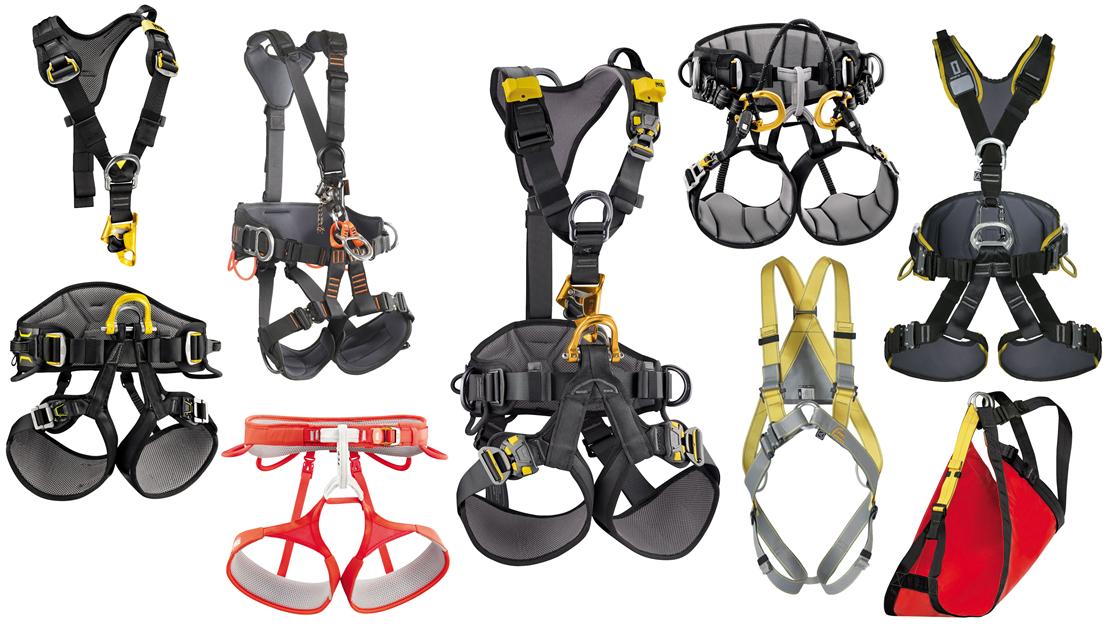
A buying guide for Harnesses
Harnesses are designed for the activity in question; providing different functionality and comfort for each activity. For example:
- Rope Access
- Fall Arrest
- Fall arrest and Work Positioning
- Fall Arrest, Work Positioning and Suspension
- Rescue
- Tree care
- Climbing
- Climbing / mountaineering
- Caving
- Canyoning
Industrial harnesses are available in three types.
- Full body
- Chest
- Sit
The separate chest and sit harnesses can be combined together to form a full body harness. There are a couple of benefits to this. Firstly, they can sometimes provide a better fit. Secondly, if one part gets damaged, you only need to replace that part. Whereas if a full body harness gets damaged, you need to replace the whole harness.
Sport harnesses are generally sit harnesses. However, harnesses for children weighing under 40kg are normally full body harnesses. You can buy shoulders straps for attaching a chest ascender to a sit harness.
Certification
EN 358 - Personal protective equipment for work positioning and prevention of falls from a height. Belts and lanyards for work positioning or restraint.
EN 361 - Personal protective equipment against falls from a height. Full body harnesses.
EN 813 - Personal fall protection equipment. Sit harnesses.
BS EN 12277 Type A – Full Body Harness. Mountaineering equipment.
BS EN 12277 Type B – Small Body Harness. Mountaineering equipment.
BS EN 12277 Type C – Sit Harness. Mountaineering equipment.
BS EN 12277 Type D – Chest Harness. Mountaineering equipment.
UIAA 105 – Harnesses.